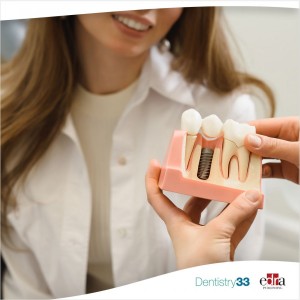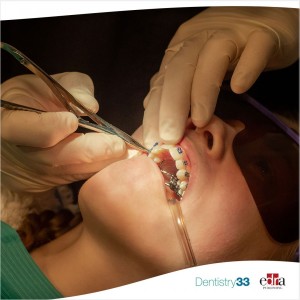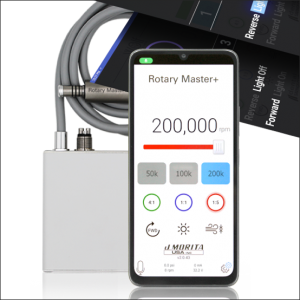
Factors affecting decision-making of direct pulp capping procedures among dental practitioners
Background
Direct pulp capping (DPC) procedures require the placement of a bioactive material over an exposure site without selective pulp tissue removal. This web-based multicentered survey had three purposes: to investigate the factors that affect clinicians' decisions in DPC cases, to determine which method of caries removal is preferred, and to evaluate the preferred capping material for DPC.
Methods
The questionnaire comprised three sections. The first part comprised questions regarding demographic features. The second part comprised questions on how treatment plans change according to factors such as nature, location, number and size of the pulp exposure and patients’ age. The third part composed of questions on the common materials and techniques used in DPC. To estimate the effect size, the risk ratio (RR) and 95% confidence interval (CI) were calculated using a meta-analysis software.
Results
A tendency towards more invasive treatment was observed for the clinical scenario with carious-exposed pulp (RR=2.86, 95% CI:2.46,2.32; p<0.001) as opposed to the clinical scenario with two pulp exposures (RR=1.38, 95% CI:1.24,1.53; p<0.001). Complete caries removal was significantly preferred to selective caries removal (RR=4.59, 95% CI: 3.70, 5.69; p<0.001). Among the capping materials, calcium silicate-based materials (CS) were preferred over calcium hydroxide-based materials (CH) (RR=0.58, 95% CI: 0.44,0.76; p<0.05).
Conclusion
While carious-exposed pulp is the most important factor in clinical decisions regarding DPC, the number of exposures has the least impact. Overall, complete caries removal was preferred over selective caries removal. In addition, the use of CS appears to have replaced CH.
Ömer Hatipoğlu et al. "Factors Affecting the Decision-Making of Direct Pulp Capping Procedures Amongst Dental Practitioners: A Multinational Survey from 16 Countries with Meta-Analysis." Journal of Endodontics. Published:April 22, 2023. DOI:https://doi.org/10.1016/j.joen.2023.04.005
 Related articles
Related articles
Digital Dentistry 04 November 2025
Digitalisation is an expanding field in dentistry and implementation of digital teaching methods in dental education is an essential part of modern education.
Implantology 04 May 2023
Identification of dental implant systems using a large-scale multicenter data set
This study aimed to evaluate the efficacy of deep learning for the identification and classification of various types of dental implant systems using a large-scale multicenter data set.
Clinical trials 02 May 2023
In this double-blind randomized clinical trial study, 60 female patients between the ages of 14 and 30 years who had moderate tooth crowding and were candidates for fixed orthodontic treatment were...
The aim of the study was to assess whether self-reported oral health and periodontitis in patients with ulcerative colitis and Crohn's disease differ from those in matched controls without...
Endodontics 18 August 2025
Factors influencing the long-term results of endodontic treatment: a review of the literature
The purpose of this review of the literature is to examine the factors and their influence on the outcome of endodontic treatments, and also to attempt to have an authors’ consensus concerning the...
 Read more
Read more
Oral pathology 25 November 2025
Virtual microscopy (VM) is a technology for showing microscope slides using computers and could be considered a progression of classic methodology using optical microscopes.
For every assist this season, the insurance provider will donate $25 to TUSDM Cares for Veterans
Products 25 November 2025
J. MORITA USA, a world leader in handpiece technology, has announced the Rotary Master+ Electric Motor. Compatible with Morita TorqTech electric attachments and most competing electric handpieces on...
News 25 November 2025
Let’s be honest: nothing kills the vibe quite like bad breath. However, while 85% of people prefer for someone to tell them if their breath needs some freshening up, only 15% are willing to break...
News 25 November 2025
Vitana Pediatric & Orthodontic Partners (Vitana), a dentist-led dental partnership organization (DPO) focused exclusively on elite pediatric dental and orthodontic practices with operations in...















